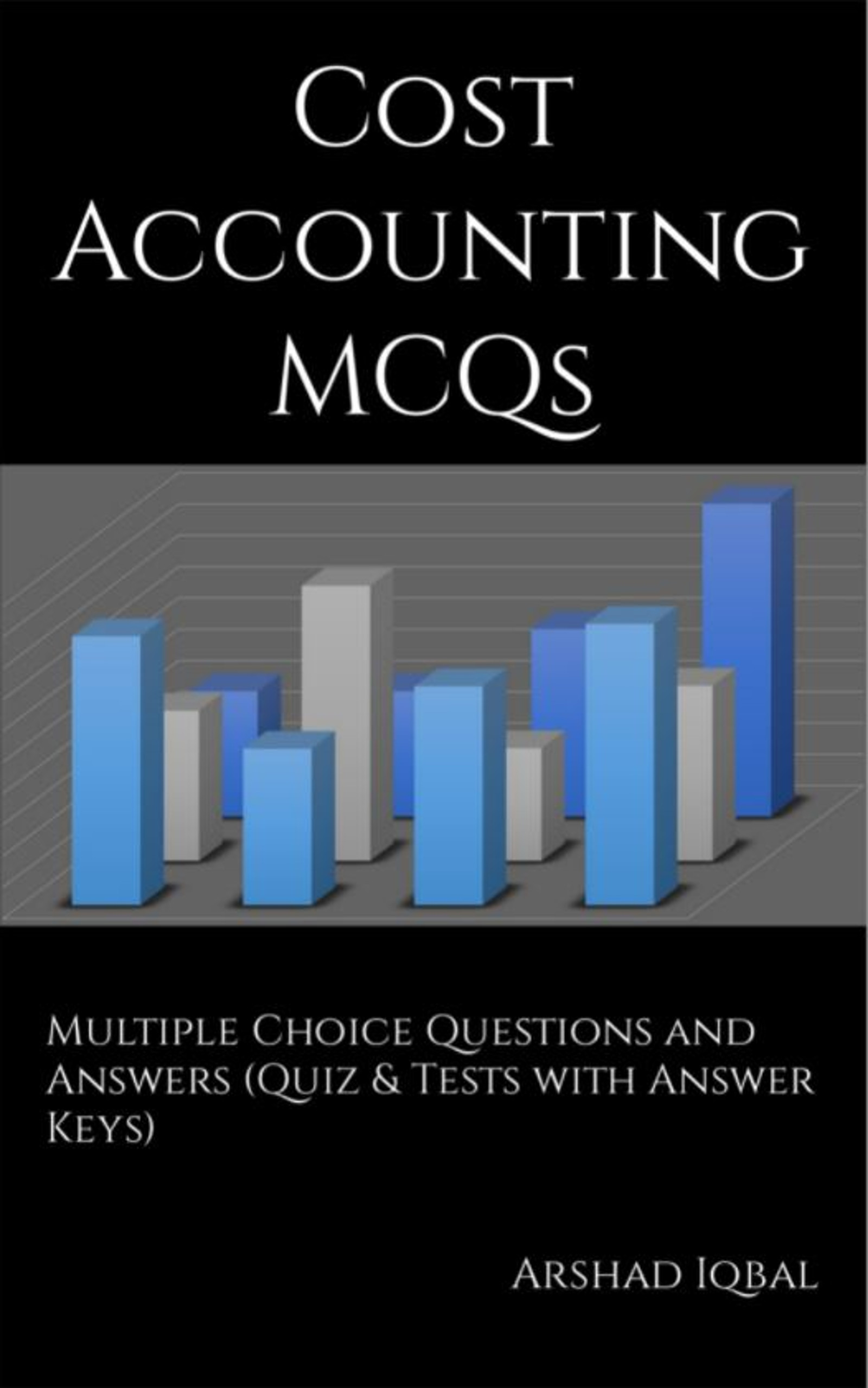MBA Cost Accounting Practice Test 212
Economic Value Added Multiple Choice Questions (MCQs) PDF Download - 212
The Economic Value Added MCQ with Answers PDF (Economic Value Added Multiple Choice Questions (MCQs) PDF e-Book) download Ch. 27-212 to prepare MBA Cost Accounting Practice Tests. Study Performance Measurement, Compensation and Multinational Considerations Test PDF, Economic Value Added Multiple Choice Questions (MCQ Quiz) for online business administration degree classes. The Economic Value Added MCQ Quiz App Download: Free certification app for economic value added, inventory costing: manufacturing companies, variations from normal costing, customer response time and on time performance, cost accounts test prep for online accounting certificate courses.
The MCQ Quiz: If after-tax operating income is $185000, weighted average cost of capital is 11%, total assets are $485000 and total liabilities are $367000, then economic value added would be; "Economic Value Added" App (Play Store & App Store) with answers: $172,020; $142,020; $162,020; $152,020; for online business administration degree classes. Practice Performance Measurement, Compensation and Multinational Considerations Questions and Answers, Apple Book to download free sample for master's degree in business administration.
Economic Value Added MCQ Quiz with Answers PDF Download: Test 212
If after-tax operating income is $185000, weighted average cost of capital is 11%, total assets are $485000 and total liabilities are $367000, then economic value added would be
- $142,020
- $172,020
- $162,020
- $152,020
If the contribution margin per unit is $16700 and the change in sold quantity of units is 20, then change in variable costing operating income will be
- 635 units
- 735 units
- 835 units
- 334 units
If the budgeted direct labor hours are 3550 and direct labor cost rate is $500 per labor hour, then total direct labor cost would be
- $1,775,000
- $1,675,000
- $1,875,000
- $1,975,000
If the manufacturing cycle efficiency is 0.725 and the total manufacturing time is 45 minute, then the value added manufacturing time will be
- 42.625
- 36.724
- 32.625
- 41.625
The relevant ordering costs are added into relevant carrying costs to calculate
- relevant total costs
- contribution costs
- throughput costs
- optimized costs
MBA Cost Accounting Exam Prep Tests
Economic Value Added Textbook App: Free Download (iOS & Android)
The App: Economic Value Added MCQ App to study Economic Value Added Textbook, Cost Accounting MCQs App, and Financial Management MCQs App. The "Economic Value Added" App to free download Android & iOS Apps includes complete analytics with interactive assessments. Download App Store & Play Store learning Apps & enjoy 100% functionality with subscriptions!
